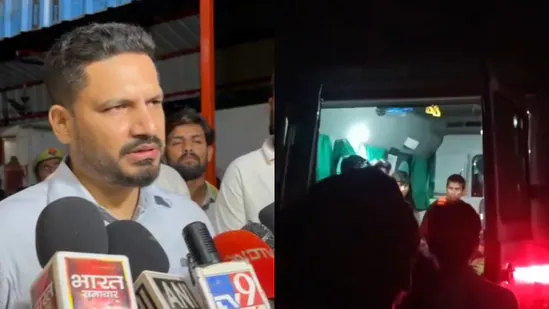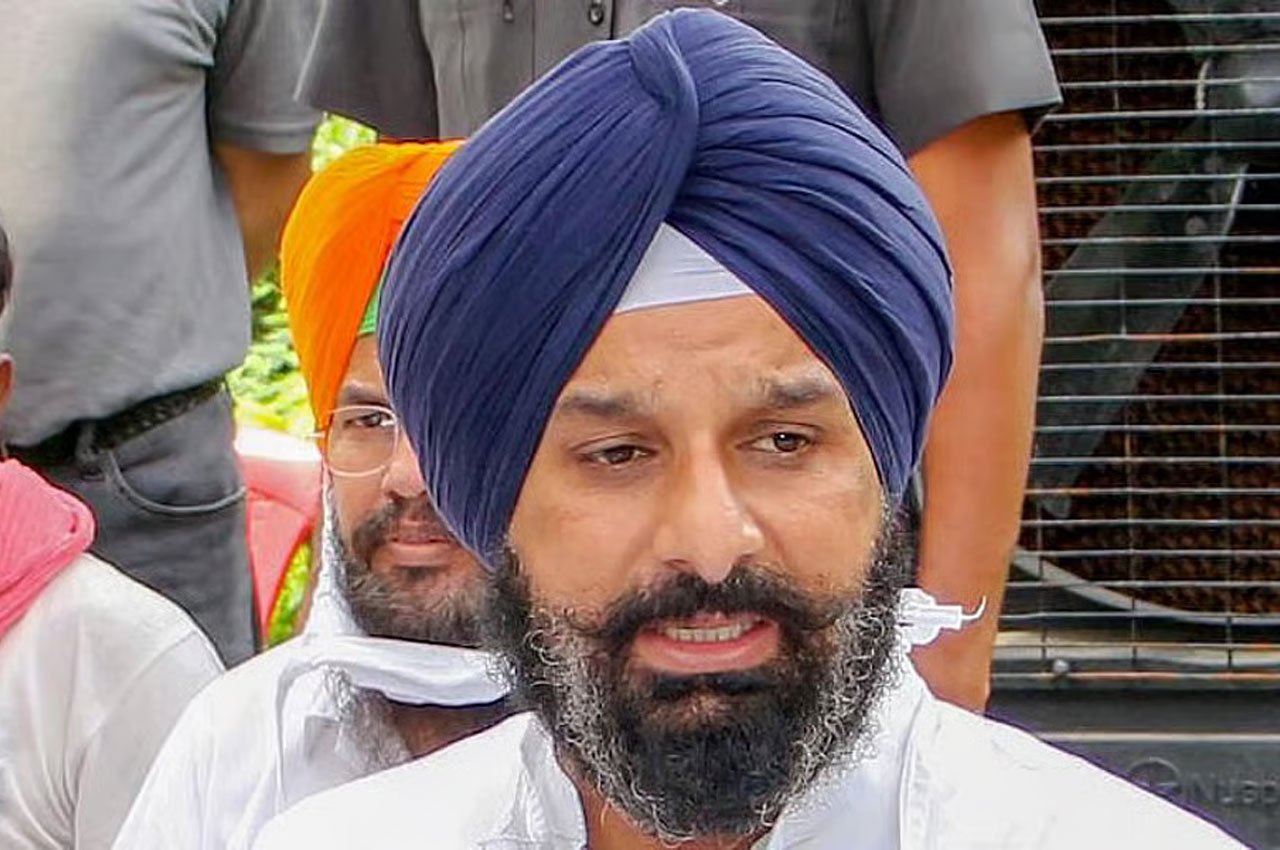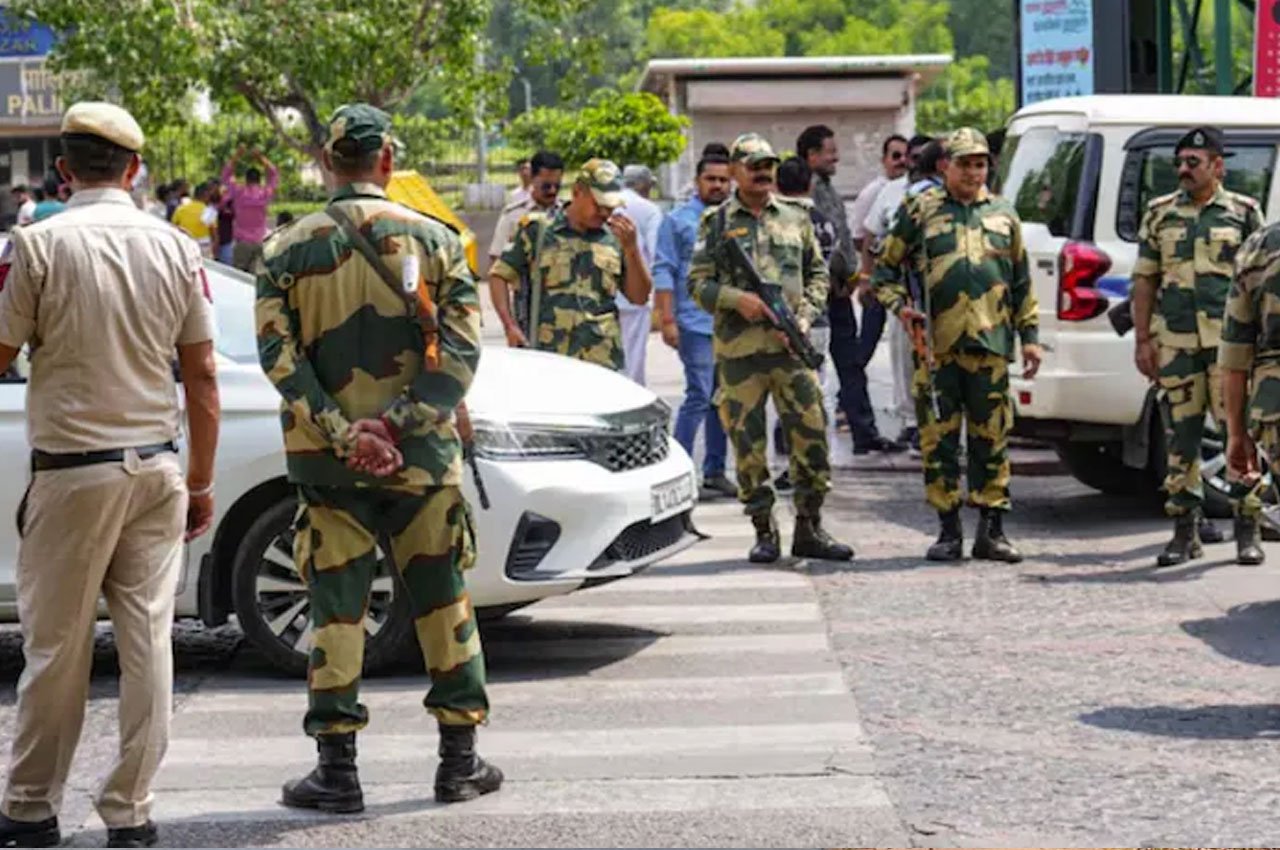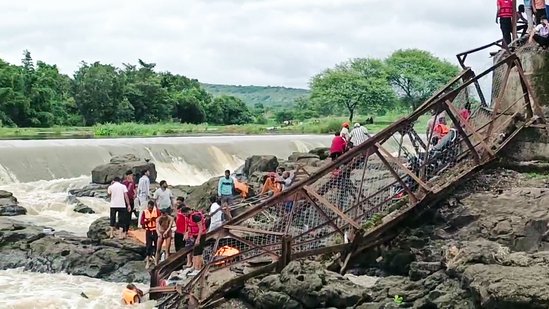Devotees gathered for the Jalabhishek ritual at the Ausaneshwar Mahadev Temple in Haidergarh, Barabanki district, were caught in a sudden tragedy early Monday morning when a live electric wire fell onto a tin shed during heavy rush hours. According to The Hindu, the wire had snapped after monkeys jumped on it, causing sparks and mild electric shocks that triggered a stampede, resulting in two deaths and more than 30 injuries.
Panic Triggered by Electrocution Scare
According to district officials, the stampede began after a group of monkeys damaged an overhead cable, which then fell on a tin roof where devotees had taken shelter. The resulting electric current ran through the shed, leaving many worshippers stunned and a few injured. Amid screams and confusion, people began to run for their lives, leading to a dangerous crush at the temple premises.
District Magistrate Shashank Tripathi confirmed that 19 people sustained electric shocks. “The panic was triggered by the sudden electric current, which caused chaos. People ran in all directions, and in that confusion, a stampede occurred,” he said.
Casualties and Medical Response
Two individuals lost their lives in the stampede. One of the deceased has been identified as Prashant (22), a resident of Mubarakpur village. The identity of the second victim was still being confirmed at the time of reporting.
More than 30 injured devotees were rushed to the Trivediganj and Haidergarh Community Health Centres (CHC). While most were discharged after receiving first aid, a few serious cases have been referred to the district hospital for further treatment. Doctors reported that many suffered minor injuries from the stampede and a few from electric shock.
Security and Investigation
The district administration had deployed police and local officials at the temple in anticipation of large crowds due to the holy month of Shravan, when devotees gather in large numbers for Jalabhishek rituals. However, the unexpected incident caught the authorities off guard.
Following the mishap, a special inspection of electrical infrastructure around the temple was ordered. The local administration has initiated a detailed inquiry into the incident to fix accountability and prevent recurrence.
CM Yogi Adityanath Orders Compensation
Uttar Pradesh Chief Minister Yogi Adityanath expressed deep grief over the loss of lives and offered condolences to the affected families. The Chief Minister has announced a compensation of ₹5 lakh each for the families of the deceased and has directed that the best possible medical care be provided to the injured.
He also instructed officials to ensure strict safety measures at all major temples across the state, especially during peak religious seasons like Shravan and Navratri.
Pattern of Neglect and Poor Crowd Control
This tragic incident comes a day after a similar stampede in Haridwar, where a panic-induced rush at the Mansa Devi Temple claimed eight lives and left many injured. In both cases, electric shock fears sparked chaos in overcrowded spaces, underlining the urgent need for better crowd management and electrical safety audits at religious sites.
Public outrage is growing over the apparent negligence in maintaining basic infrastructure during high-footfall events. Locals have raised concerns about inadequate arrangements, including the lack of trained emergency personnel, proper signage, and regulated entry-exit points.
Time to Prioritize Devotee Safety
Religious festivals and rituals are central to India’s spiritual and cultural fabric. However, the recurring pattern of stampedes, especially during monsoon and festival seasons, points to a glaring lapse in preparedness and safety protocols.
From electrocution fears to overcrowding, the hazards are known and preventable. Experts are now calling for a dedicated temple safety framework under state disaster management agencies, including regular risk assessments, electrical maintenance, and real-time crowd monitoring.
While prayers may bring peace to the soul, the state must ensure that attending them doesn’t come at the cost of life. As grieving families in Barabanki mourn their loss, the larger question remains—how many more lives must be lost before systemic safety becomes non-negotiable?
Photo Source: HT




